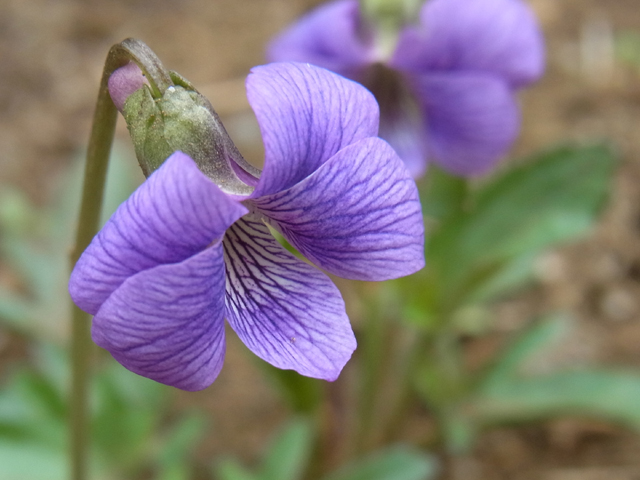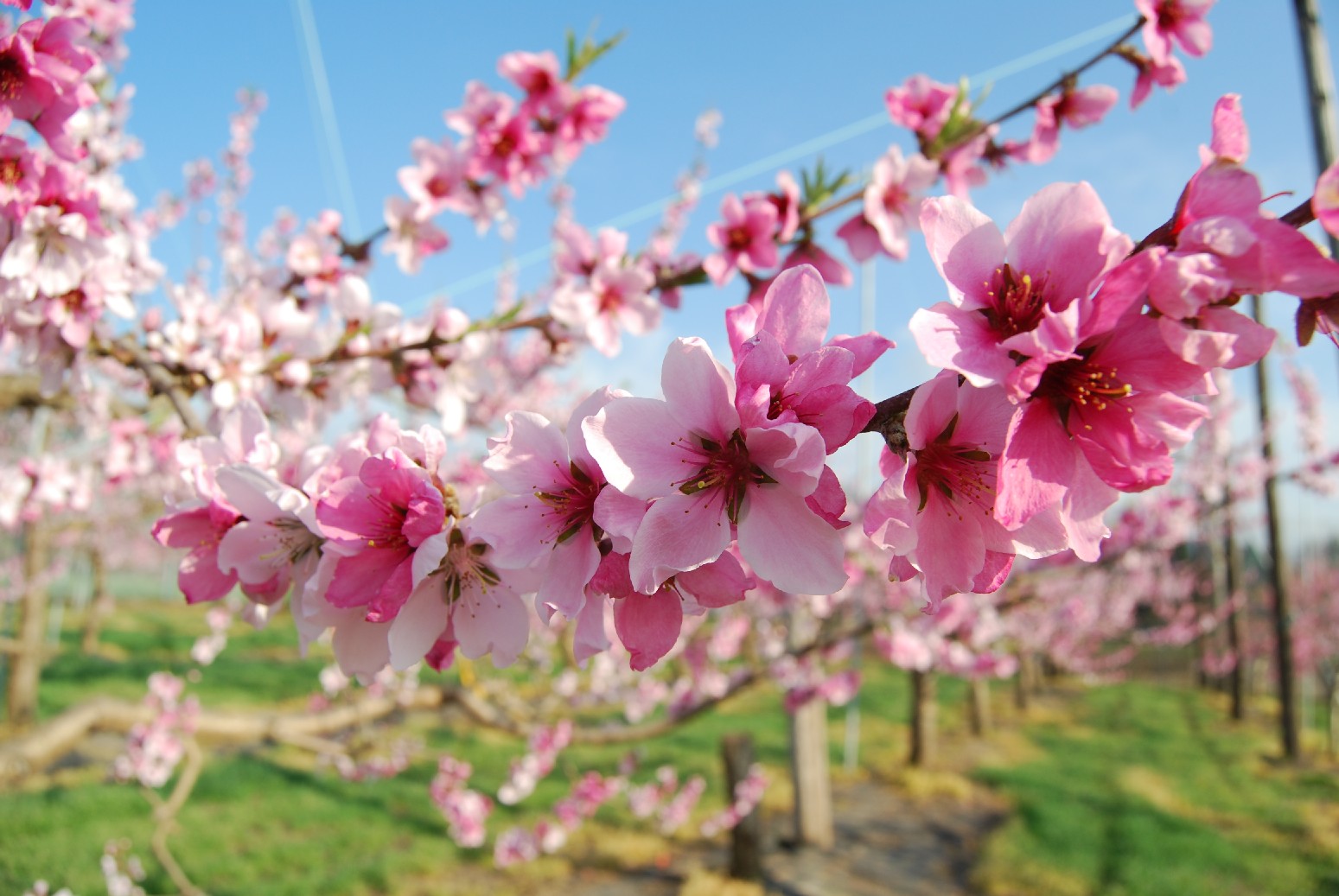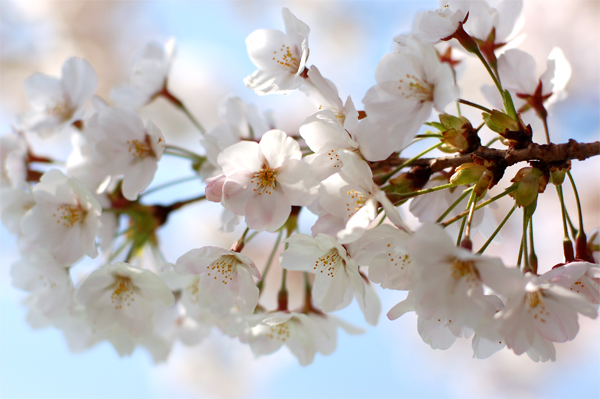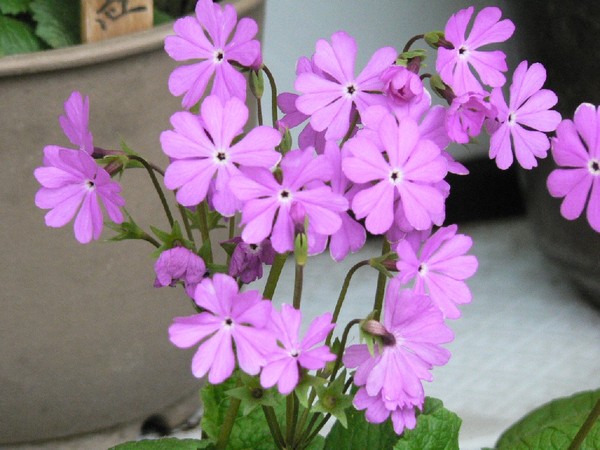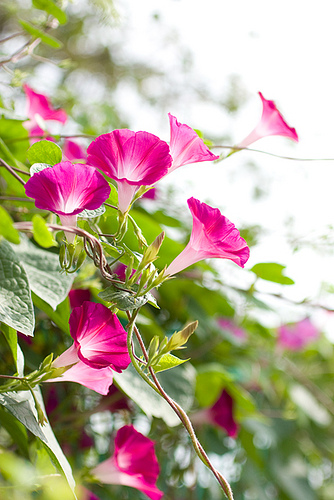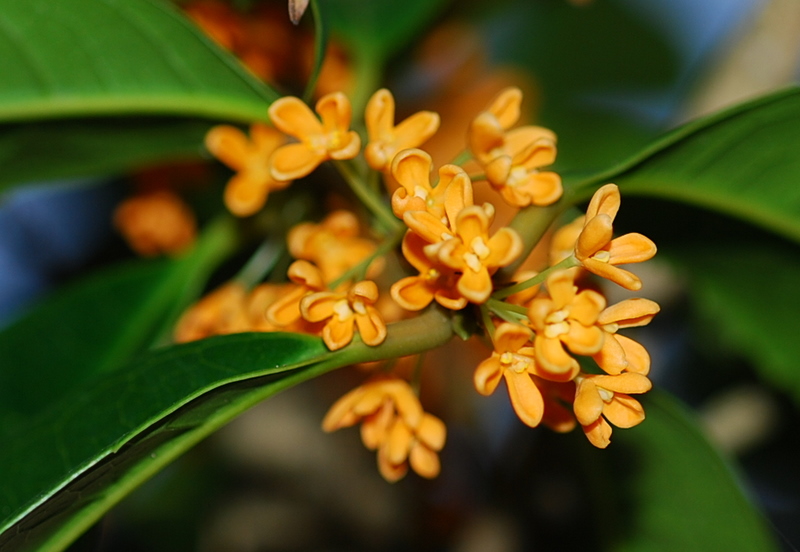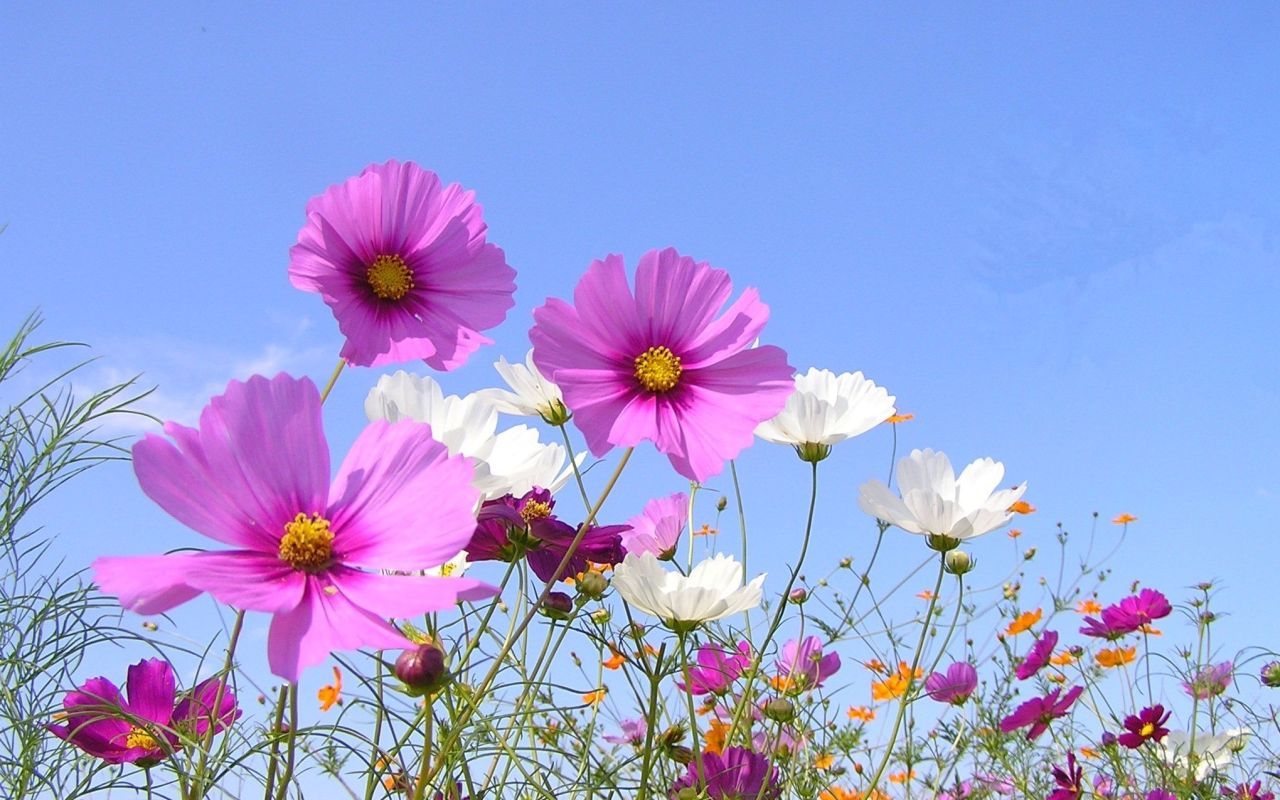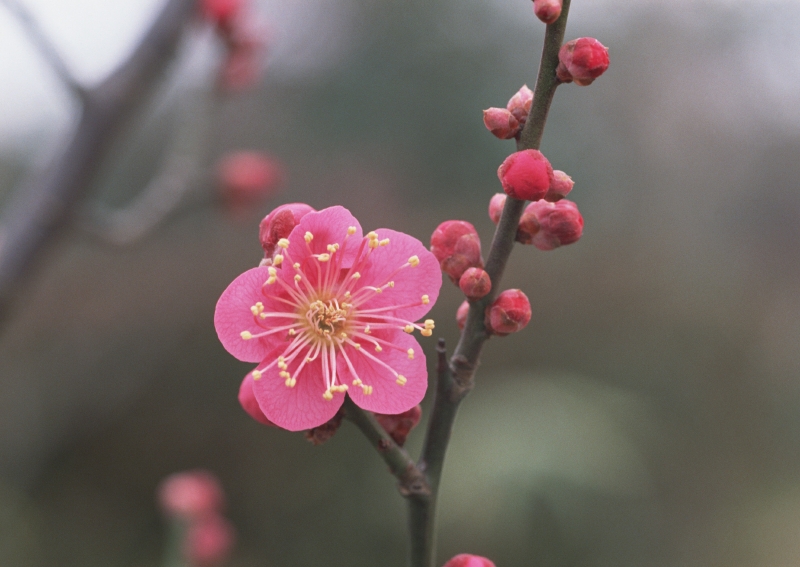Festival is the time for people stick together and the Moon festival is the same of all festival in every years. We can relax and enjoy mooncake with family it's will be happy to have this time. So,let find some factoflife for this festival.
Moon Festival or Mid Autumn Festival Facts
#1
Moon Festival origin and history. The Mid-Autumn Festival celebrations date back more than 2,000 years.
The word "Mid-Autumn" first appeared in the famous ancient book Zhou Li (The Zhou Rituals, a book telling the rituals in the Zhou Dynasty). However, it was not until the early Tang Dynasty (618-907) that the day was officially celebrated as a traditional festival.
It became an established festival during the Song Dynasty (960-1279), and has become as popular as the Spring Festival since the Ming and Qing dynasties (1368-1911). Mid Autumn Festival celebrations have continued ever since and more customs for marking this occasion have been formed.
In feudal times, Chinese emperors prayed to Heaven for a prosperous year. They chose the morning of the 15th day of the second lunar month to worship the sun and the night of the 15th day of the eighth lunar month to hold a ceremony in praise of the moon. In the Xicheng district of Beijing is the Yuetan Park, which originally was the Temple of Moon, and every year the emperor would go there to offer a sacrifice to the moon.
#2
The Chinese government listed the festival as intangible cultural heritage in 2006. It was made a public holiday in 2008. You may also want to check out for famous festivals around the world.
#3
Mid-Autumn Festival is also called as Moon festival. It is believed that during autumn the moon is at its brightest, and hence the Mid-Autumn Festival is also called the Moon Festival.
#4
Eating Mooncake symbolises something special.
Wondering what is special about eating Moon cake? Well, in Chinese culture, a round shape symbolises completeness, and sharing mooncakes signifies the reunion of families. They come in different flavours and fillings.
Moon festival mooncake
#5
The Mid Autumn Festival does not always occur on a full moon day
Chinese people belive that the moon is brightest during the Mid-Autumn Festival, however, it is actually not necessarily! It is generally believed that the moon is brightest in fall, which holds some truth, due to least cloudy skies on average.
Actually, the Moon Festival does not always occur on the night of the full moon, which is contrary to popular belief. The Chinese lunar calendar does not coincide perfectly with the cycles of the moon. However, the 15th day of the 8th lunar month is always within two days of the harvest moon night.
Read more topic at flowers, daisy flowers, sunflowers,...




